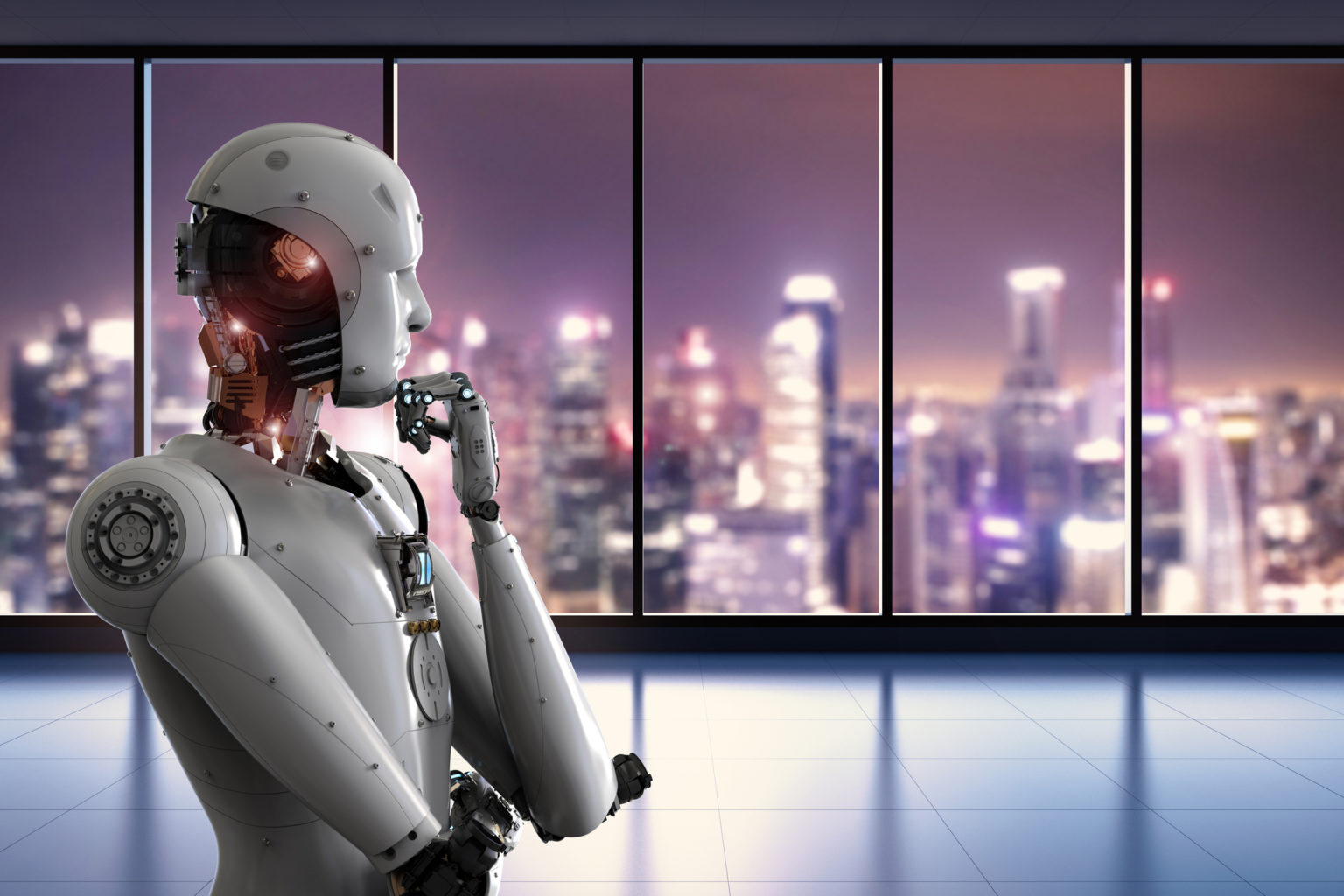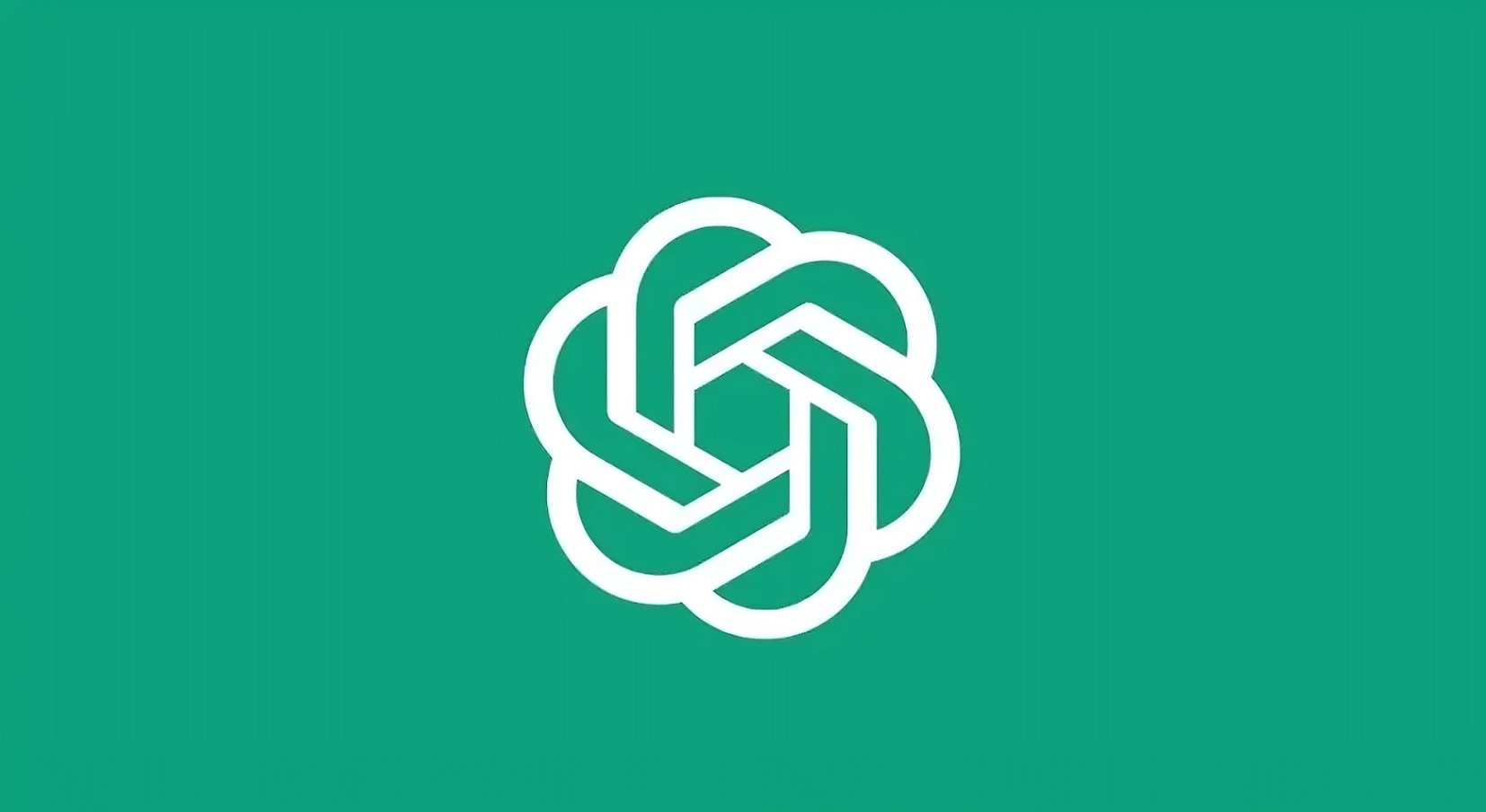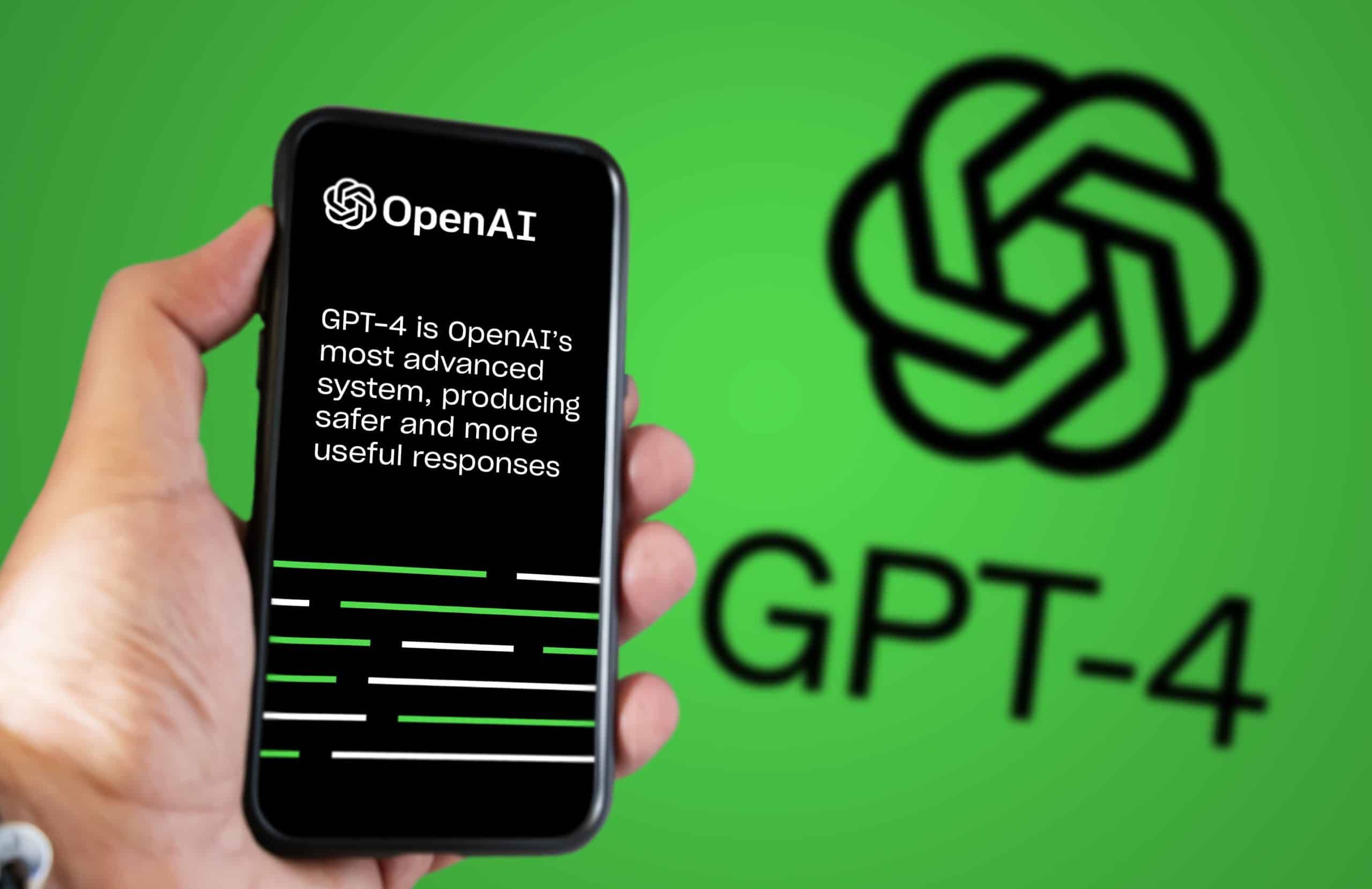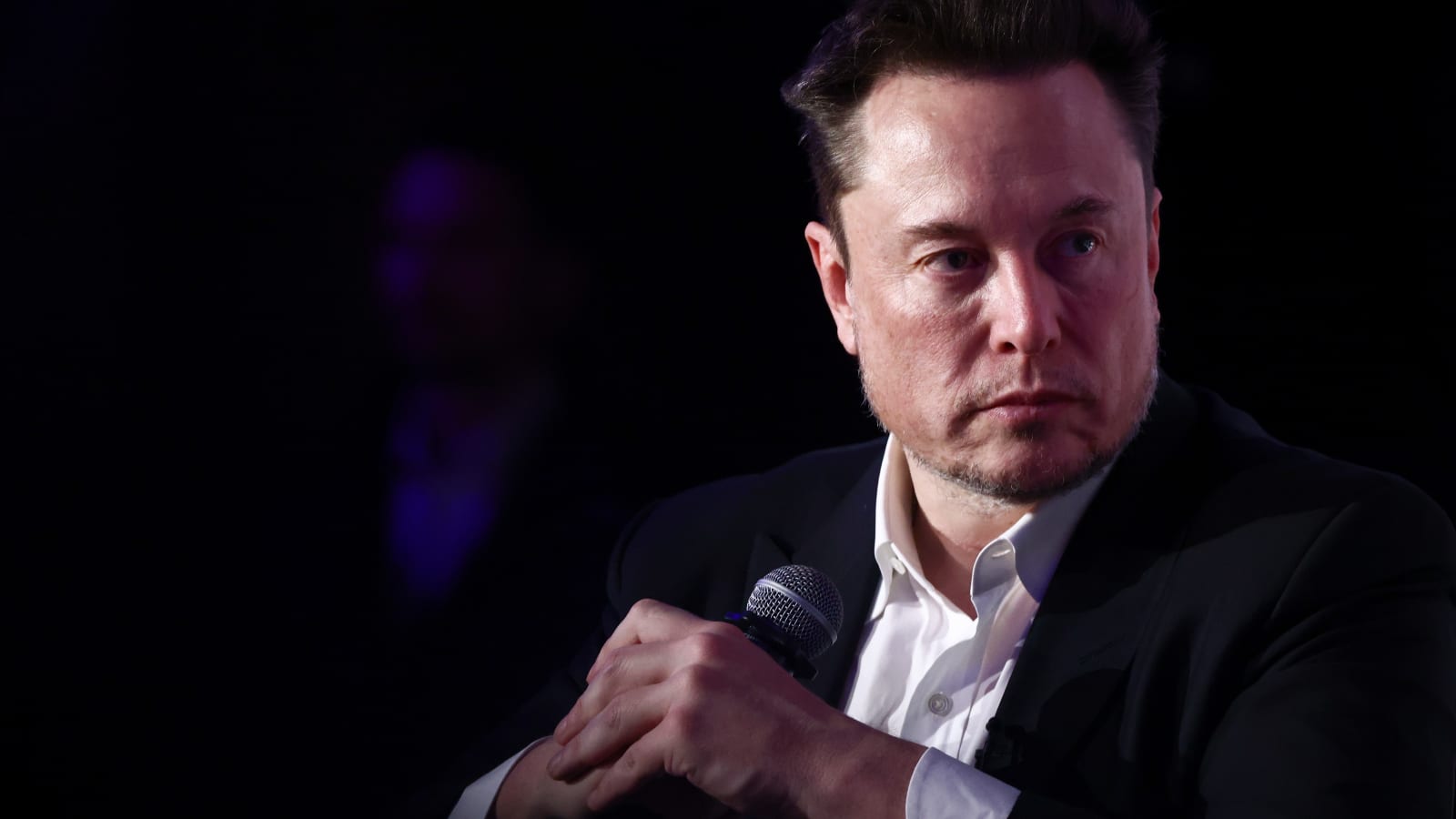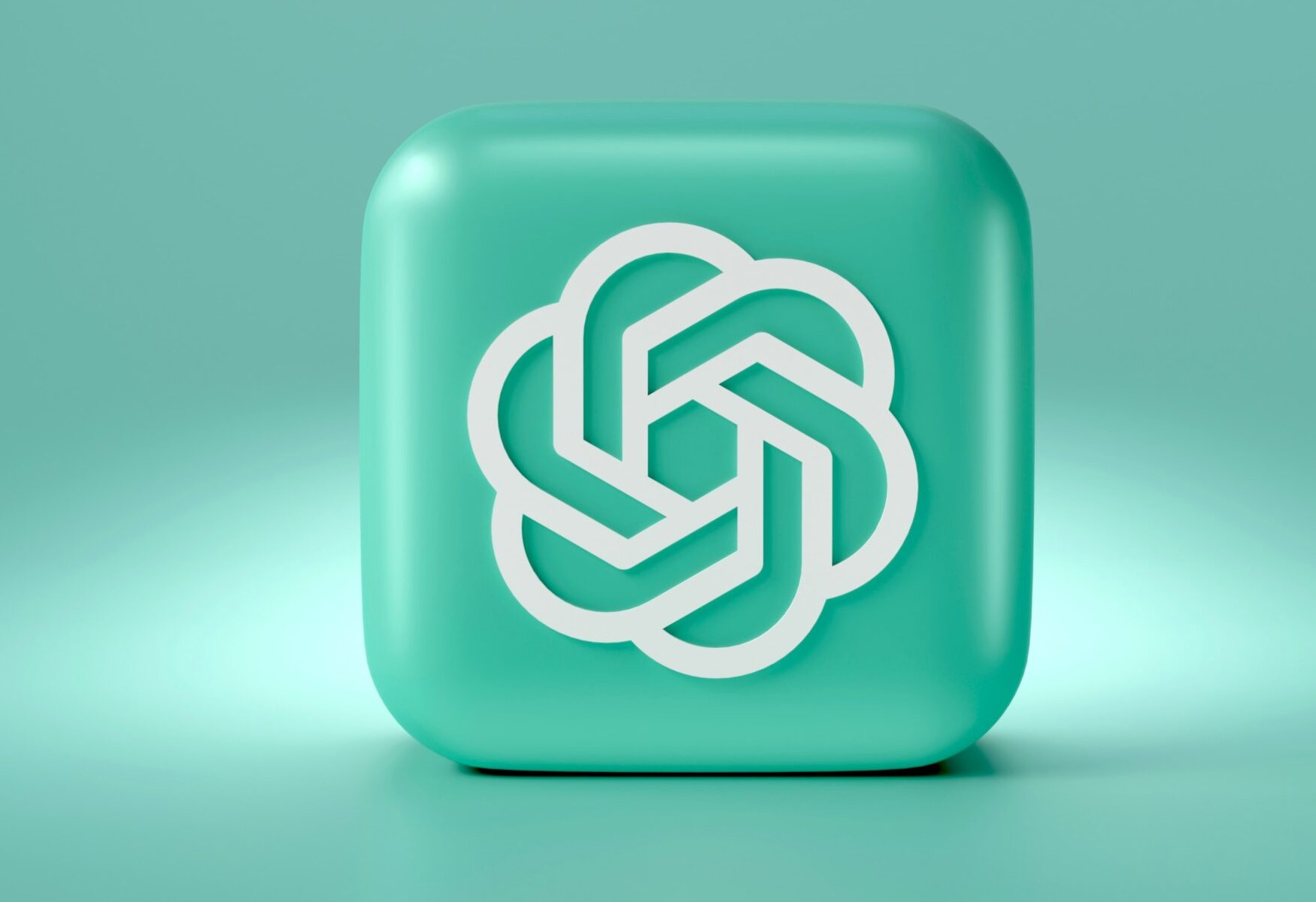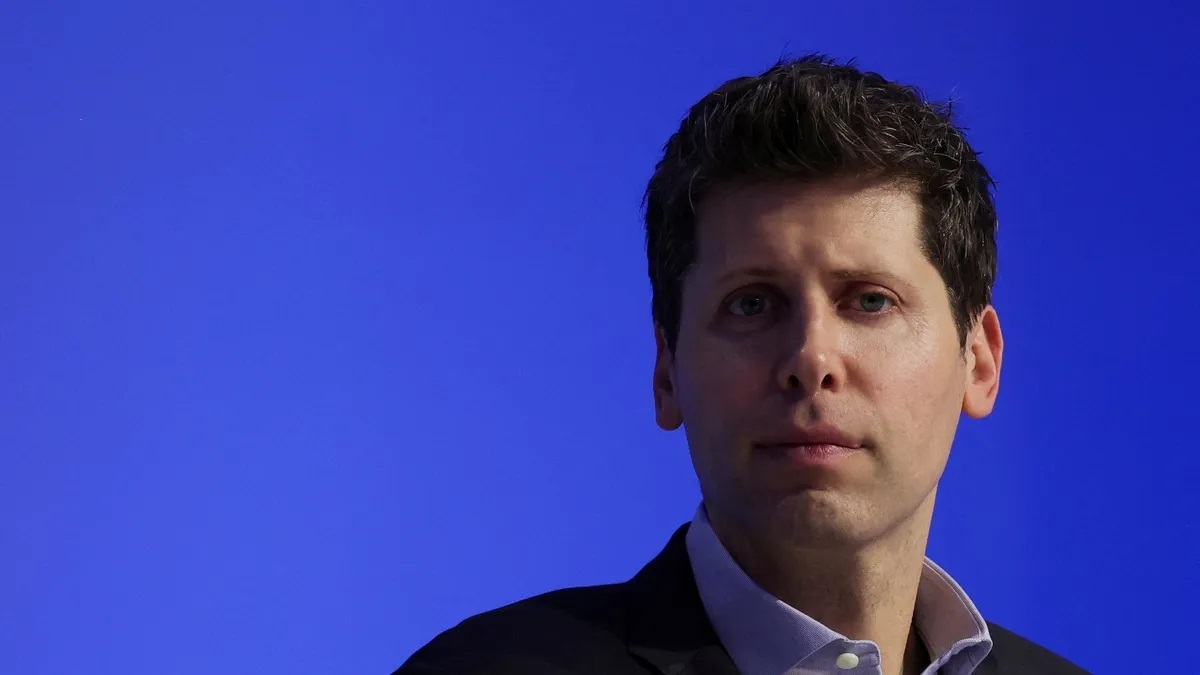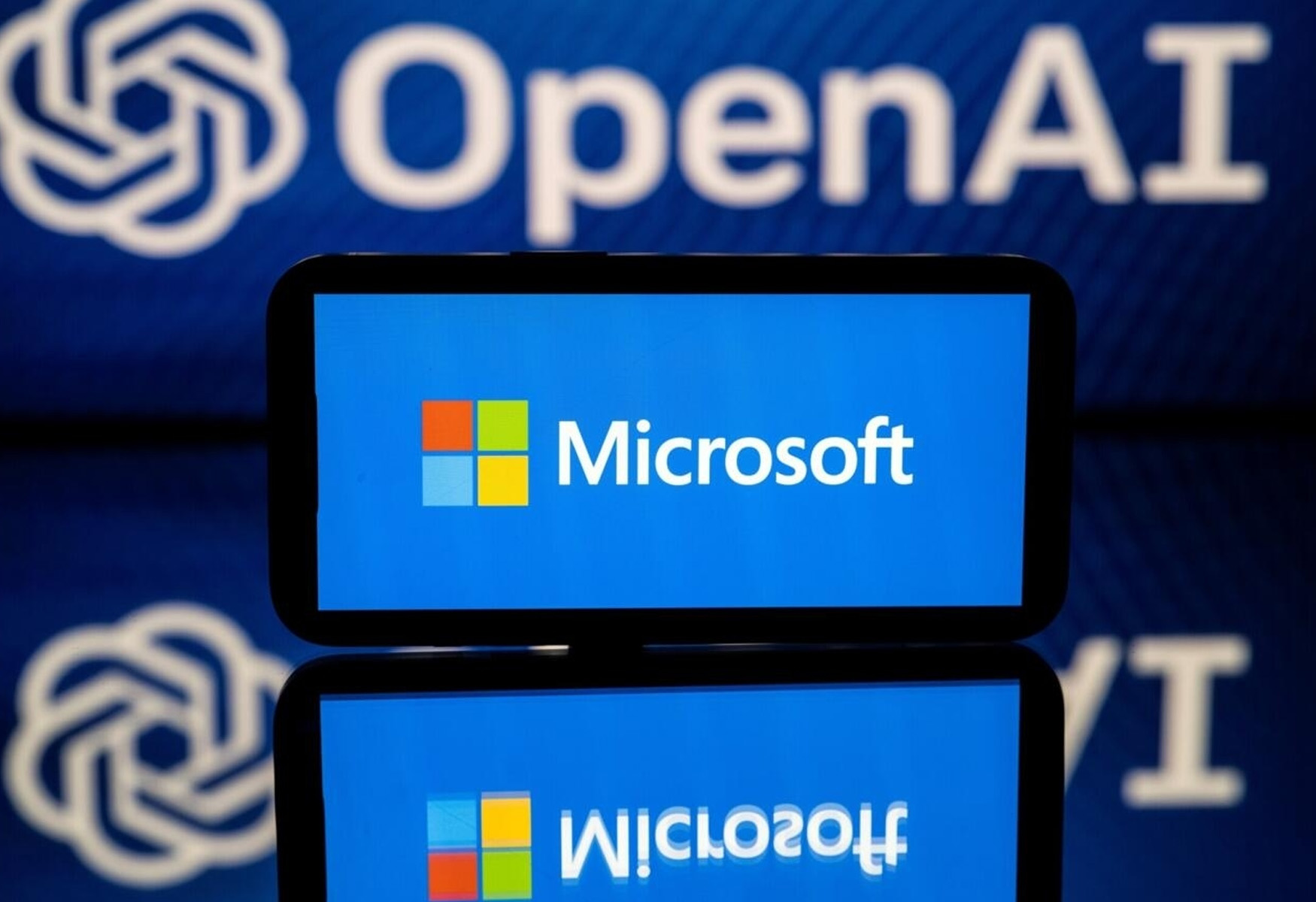OpenAI has been making headlines with its ambitious goal of developing tools to control superintelligent AI systems. The company’s Superalignment team, led by co-founder and chief scientist Ilya Sutskever, is at the forefront of this initiative.
Key Takeaway
OpenAI’s Superalignment team is dedicated to addressing the challenges of controlling superintelligent AI systems and aims to collaborate with the broader research community to ensure the safety and beneficial use of AI for humanity.
The Challenge of Aligning Superintelligent AI
The Superalignment team’s primary focus is on addressing the complex task of aligning AI systems that surpass human intelligence. With the rapid progress in AI technology, the team is dedicated to steering, regulating, and governing these superintelligent systems to ensure they behave as intended.
Addressing Concerns and Skepticism
While some experts express concerns about the premature nature of the Superalignment subfield, OpenAI remains steadfast in its commitment to tackling the potential risks associated with superintelligent AI. The company’s efforts have sparked debates within the AI research community, with some questioning the urgency of this endeavor.
AI-Guided Governance and Control
The Superalignment team is exploring innovative approaches to establish governance and control frameworks for future powerful AI systems. One such approach involves using a weaker AI model to guide a more advanced model in desirable directions while avoiding undesirable outcomes.
OpenAI’s Outreach and Collaboration
OpenAI is not working in isolation and has announced a $10 million grant program to support technical research on superintelligent alignment. The company aims to collaborate with academic labs, nonprofits, individual researchers, and graduate students to advance the understanding of superalignment.
Transparency and Public Access
OpenAI has emphasized its commitment to sharing its research, including code, and the work of others who receive grants and prizes related to superalignment. The company aims to contribute to the safety of AI models beyond its own, aligning with its mission of building AI for the benefit of humanity.







